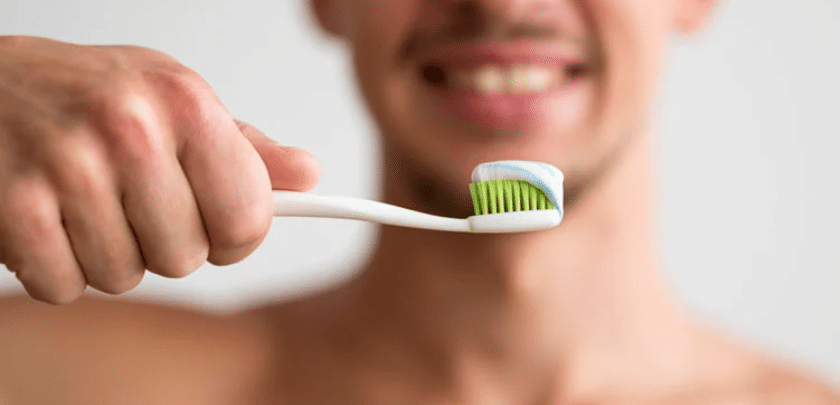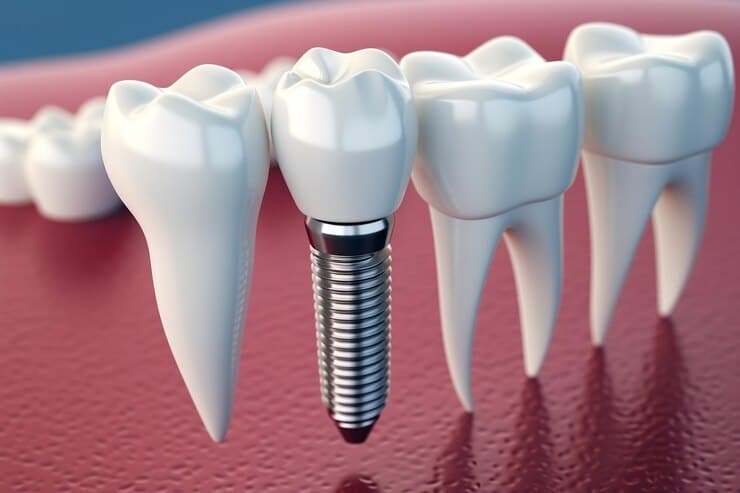
In the quest for oral health, two tools are paramount: the toothbrush and toothpaste. These staples of dental care play a critical role in preventing cavities, gum disease, and other oral issues, but with countless options on the market, selecting the right products can feel overwhelming. This comprehensive guide will provide you with over a thousand words worth of expert tips to help you make informed choices when it comes to purchasing a toothbrush and toothpaste tailored to your oral hygiene needs.
Toothbrush Types
Soft Bristles: Dentists often recommend soft-bristled toothbrushes as they are gentle on gums and enamel but tough on plaque. Hard bristles can be abrasive and damage tooth surfaces, leading to tooth sensitivity.
Toothbrush Head Size: The toothbrush head should be small enough to access all areas of the mouth, especially the hard-to-reach back teeth. A good rule of thumb is to choose a head size that allows you to comfortably brush one to two teeth at a time.
Handle Design: The handle should be ergonomic and comfortable to hold, allowing for a firm grip to control the brushing motion. Non-slip grips can be particularly helpful.
Electric Toothbrushes
Oscillating-Rotating: These toothbrushes have heads that rotate in opposite directions to break up plaque effectively. Research has shown that these can reduce more plaque and gingivitis compared to manual brushing.
Sonic Toothbrushes: Sonic brushes vibrate at high speeds, creating fluid dynamics that can clean beyond the physical touch of the bristles. The high frequency can disrupt plaque even between teeth and under the gum line.
Specialty Toothbrushes
Orthodontic Brushes: These are designed for people with braces and have bristles arranged to fit around orthodontic wires.
Interdental Brushes: Small and cone-shaped, these brushes are meant to clean between the teeth and are especially useful for those with gaps or those who have difficulty flossing.
Tips for the Perfect Toothbrush Choice
- Look for ADA Seal: Choose a toothbrush that has been approved by the American Dental Association (ADA), ensuring it has undergone rigorous quality control measures.
- Consider Your Oral Health Conditions: If you have sensitive teeth or receding gums, a toothbrush designed for sensitive oral conditions is ideal.
- Get Pediatric Toothbrushes for Kids: These are specifically designed for children’s smaller mouths and have softer bristles.
- Check Bristle Quality: Poorly made bristles can come off and lodge in between teeth or gums. High-quality, durable bristles are a must.
- Replacement Frequency: Regardless of your choice, replace your toothbrush every three months or sooner if the bristles appear frayed.
Choosing the Right Toothpaste
Selecting toothpaste isn’t just about the flavor; it’s about the ingredients and their benefits. Here, we’ll explore the various types of toothpaste and how to pick the best one for you.
Fluoride Toothpaste
Fluoride is the most critical ingredient in toothpaste, as it strengthens enamel and makes teeth more resistant to decay. Most dental professionals agree that fluoride toothpaste is essential for everyday oral care.
Tartar Control Toothpaste
Tartar is hardened plaque that can build up on teeth and cause gum disease. Tartar control toothpaste contains chemical compounds that prevent the formation of tartar above the gum line, but they cannot remove existing tartar, which requires professional dental cleaning.
Whitening Toothpaste
These contain mild abrasives or chemical agents that can help remove surface stains. While they may brighten your teeth, they might not be suitable for everyone, especially those with sensitive teeth.
Sensitive Teeth Toothpaste
Formulated with ingredients like potassium nitrate or strontium chloride, these toothpastes help block pathways through the teeth that attach to nerves inside the teeth, reducing sensitivity.
Natural/Herbal Toothpaste
For those who prefer natural products, there are toothpastes made with herbal extracts and without synthetic chemicals like parabens, artificial colors, or flavors.
Children’s Toothpaste
Children’s toothpaste usually contains less fluoride, comes in flavors appealing to kids, and is less abrasive than adult formulas.
Tips for Selecting the Ideal Toothpaste
- Consider Oral Health Needs: Choose a toothpaste that addresses your specific concerns, whether it’s cavity prevention, tartar control, teeth whitening, or sensitivity.
- Check for ADA Approval: Similar to toothbrushes, look for toothpaste with the ADA seal to ensure safety and effectiveness.
- Fluoride is a Must: Regardless of other features, make sure your toothpaste contains fluoride unless advised otherwise by your dentist.
- Beware of Whitening Claims: Extremely abrasive whitening toothpaste can wear down enamel; consult your dentist if you’re looking for whitening solutions.
- Taste Test: Don’t underestimate the value of a toothpaste flavor you enjoy—it will encourage regular use.
Good dental care is a blend of proper technique, regular check-ups, and, importantly, the right tools for the job. When selecting a toothbrush and toothpaste, align your choices with your dental health goals, lifestyle, and any specific recommendations by your dentist. Remember that while toothbrushes and toothpaste are pivotal, they work best alongside daily flossing, healthy eating habits, and regular dental visits. Your smile will thank you for your thoughtfulness in selecting the best products for your teeth and gums.
By adopting these tips, you’re well on your way to maintaining optimal oral health and ensuring that each brushing session is as effective as it can be. Whether you’re navigating the toothbrush aisle or browsing the countless toothpaste options online, keep in mind that the best choice is the one that meets your own unique dental needs and helps you stick to your oral hygiene routine. Happy brushing!
If you ever have concerns about your dental health or need professional advice specific to your situation, don’t hesitate to reach out to a qualified Encino dentist. Your smile deserves

